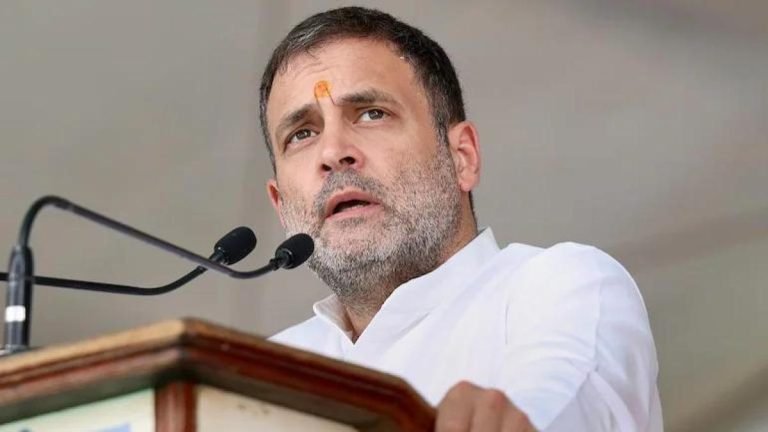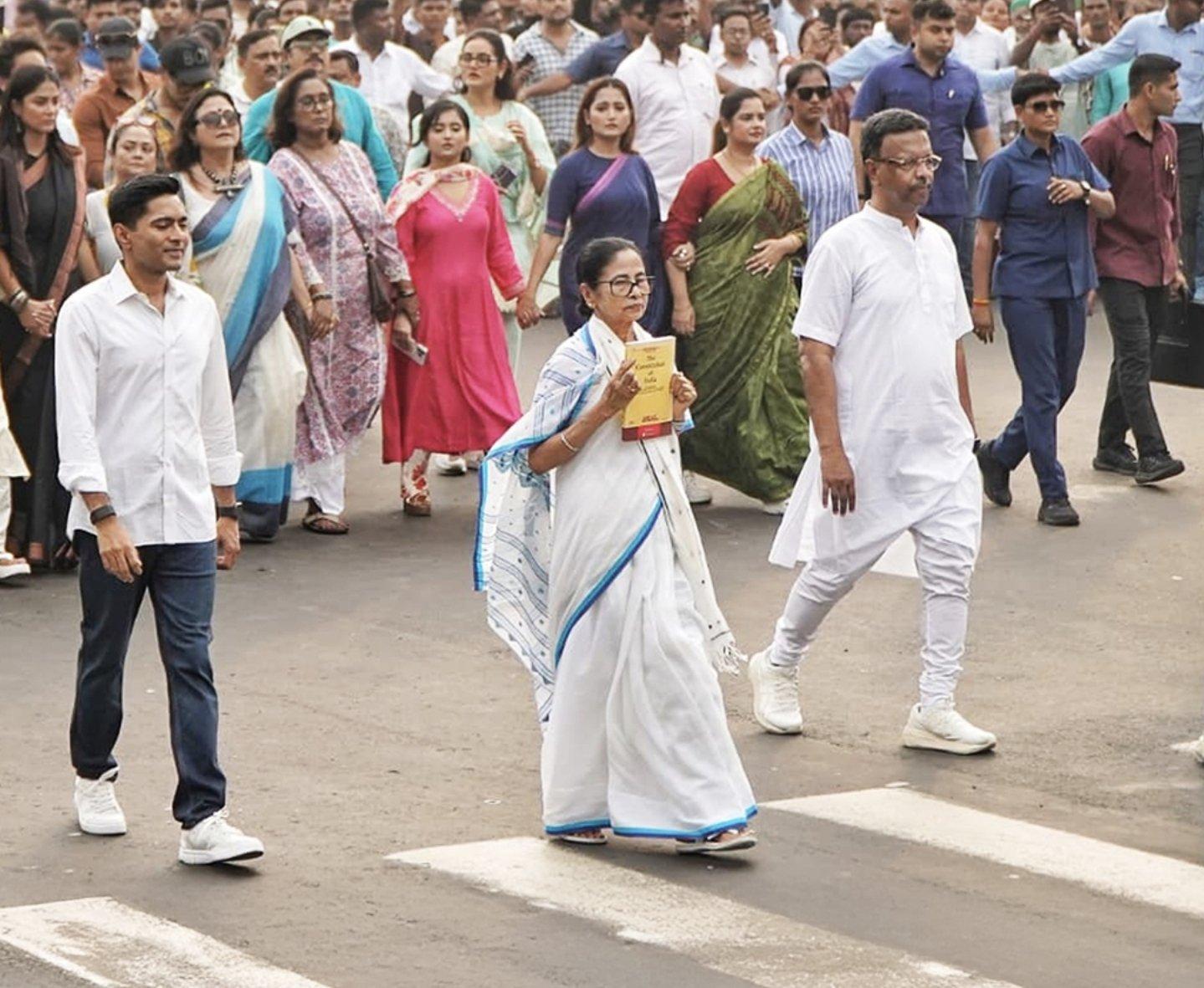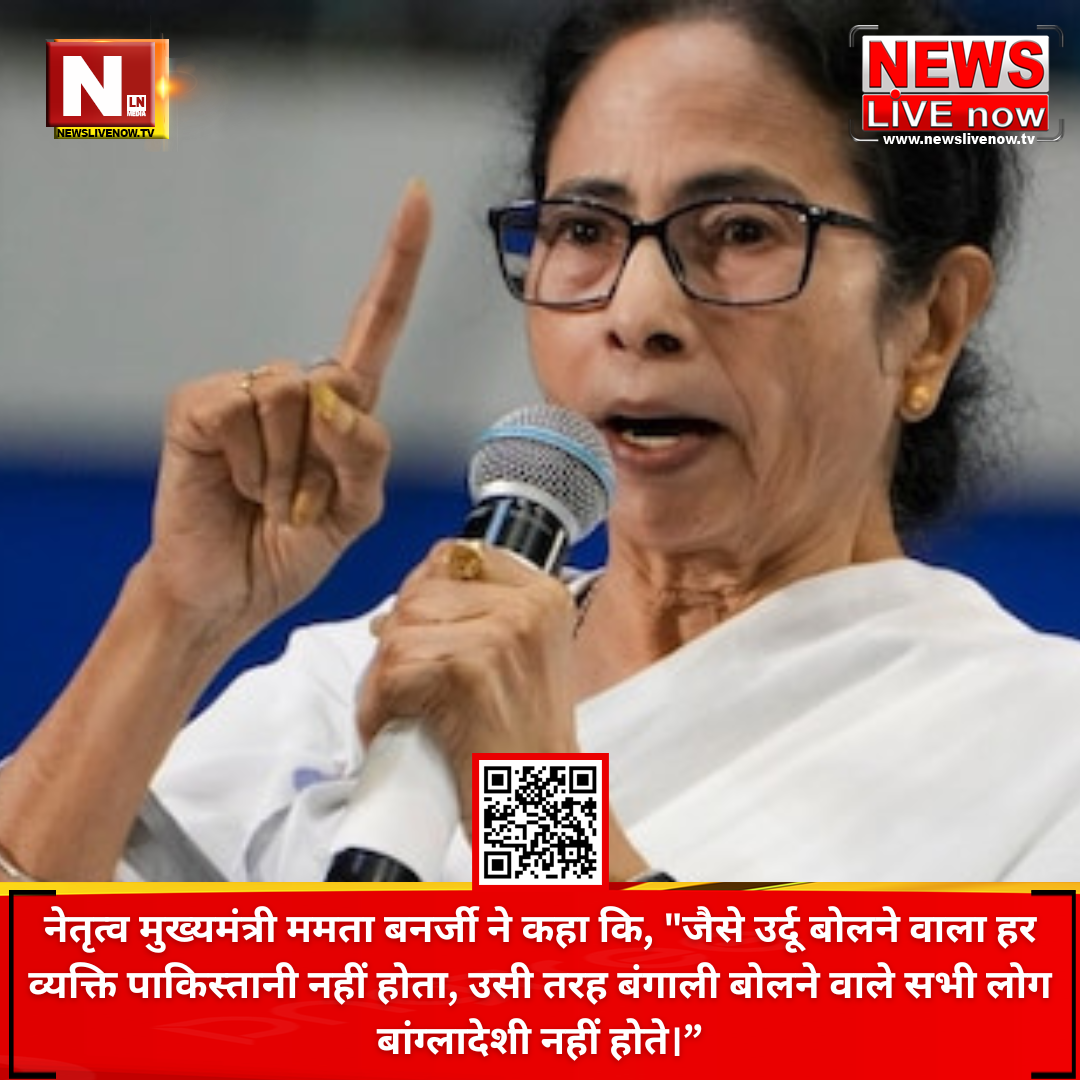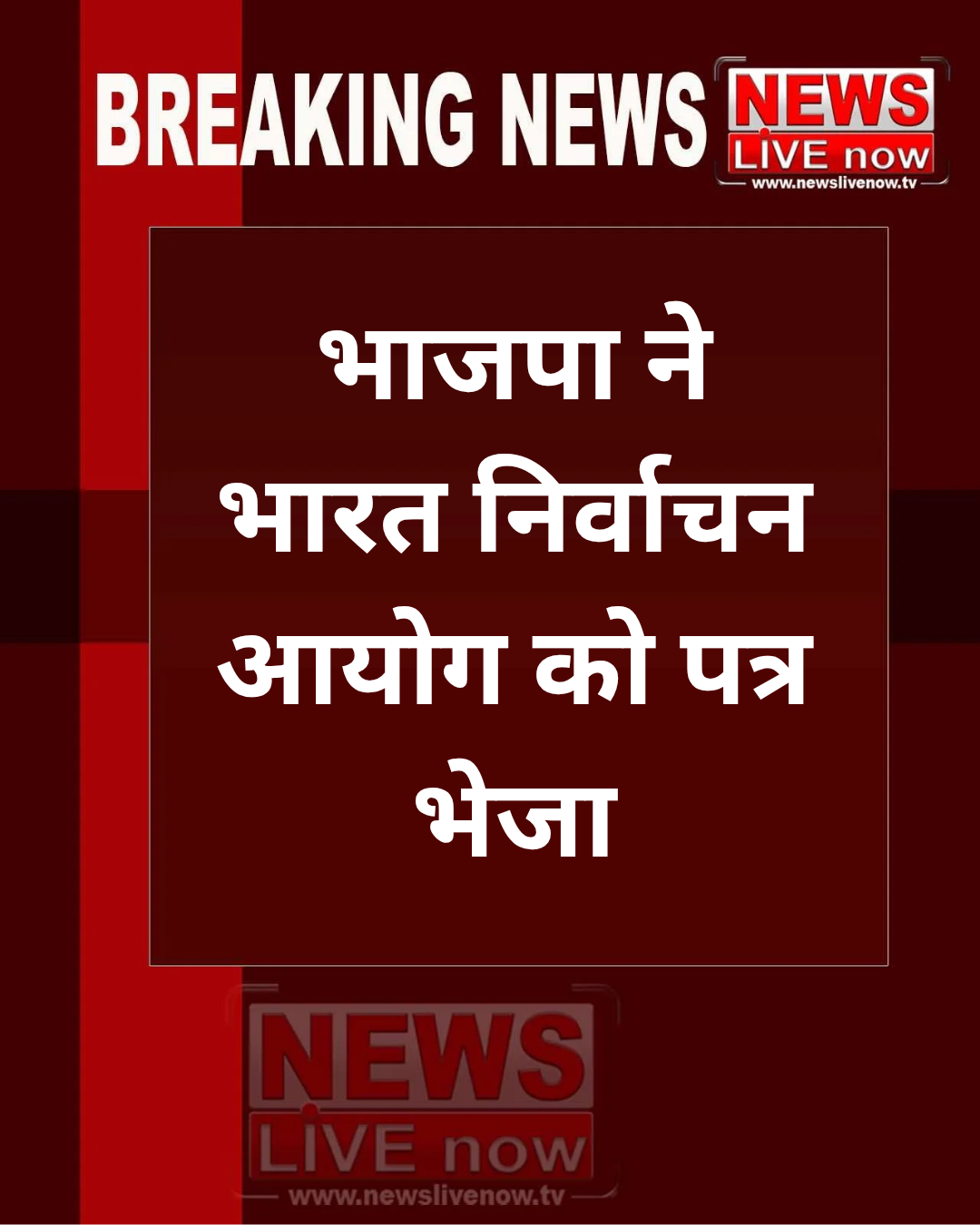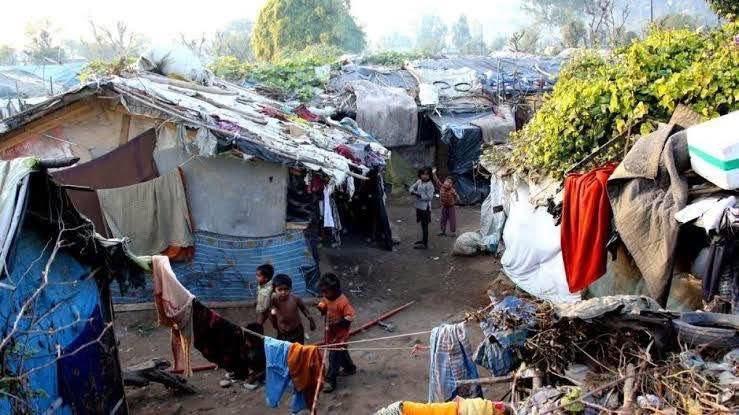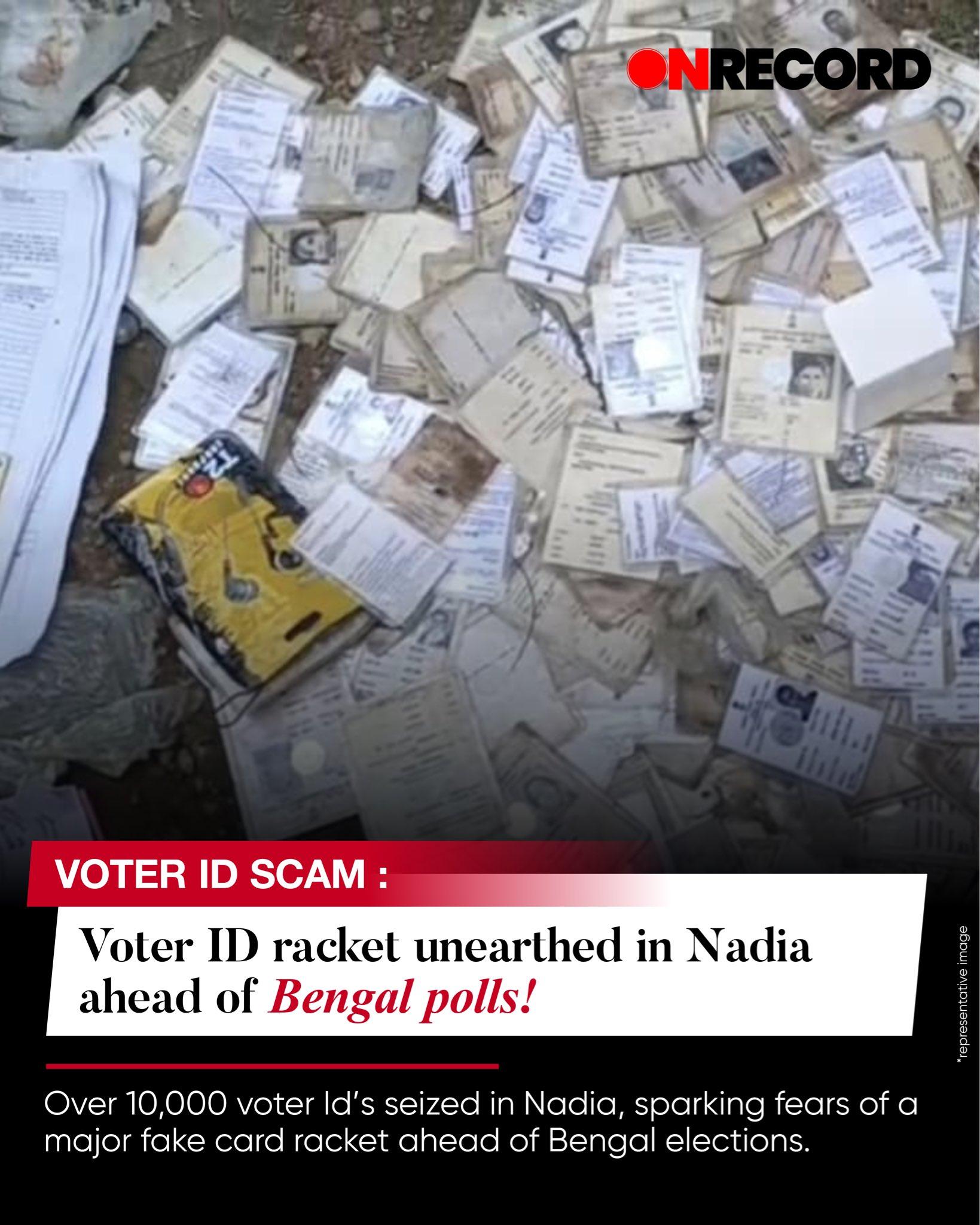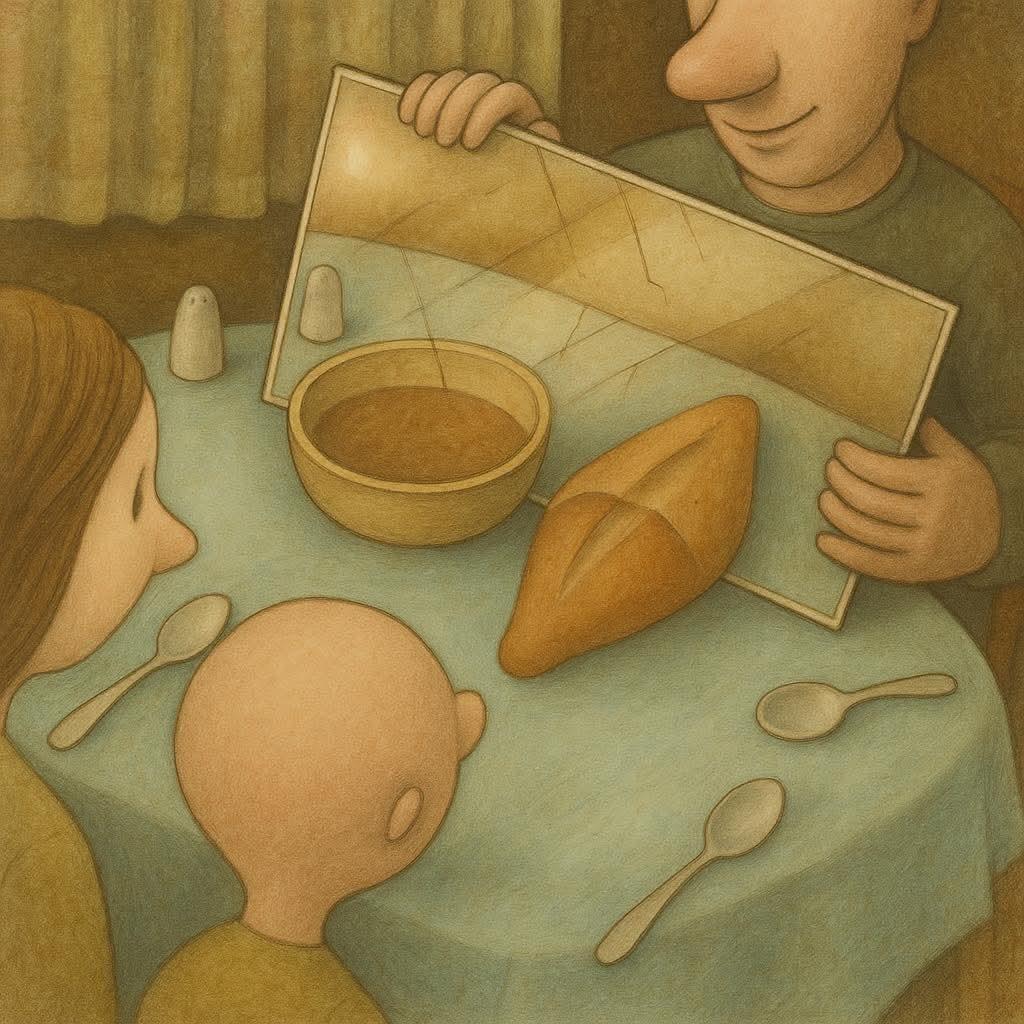ब्रेकिंग न्यूज़: चौंकाने वाली खबर..
मध्य प्रदेश में पलाश अधिकारी नाम के एक व्यक्ति को पुलिस ने बांग्लादेशी होने के शक में हिरासत में लिया। पलाश टूटी-फूटी हिंदी में बता रहा था कि वह भारतीय है और हिंदू भी।
बाकी कहानी पढ़कर आपको हैरानी होगी..
पुलिस ने कहा कि वह भारतीय नहीं है।
लेकिन पलाश ने अपना आधार कार्ड, वोटर आईडी, पैन कार्ड और कई अन्य दस्तावेज़ दिखाकर साबित किया कि वह भारतीय नागरिक और हिंदू है।
इसके बावजूद, पुलिस ने उस पर विश्वास नहीं किया और मामला अदालत पहुँच गया। अदालत में पलाश से कुछ बुनियादी सवाल पूछे गए:
नाम? पलाश अधिकारी
उम्र? 42 वर्ष
पिता का नाम? रमेश अधिकारी
पता? काशिमपुर, मालदा, पश्चिम बंगाल
अदालत ने इन तथ्यों की जाँच मतदाता सूची और आधार रिकॉर्ड से की और पाया कि ये सभी जानकारी रिकॉर्ड में मौजूद थीं।
रमेश अधिकारी के चार बेटे दिखाए गए थे: पलाश, सुभ्रतो, सौमेन और राहुल। अब सवाल यह उठा कि अगर रमेश अधिकारी भारतीय हैं, तो उनके बेटे भी स्वाभाविक रूप से भारतीय ही होंगे।
लेकिन जब अदालत ने पुराने रिकॉर्ड, खासकर 2002 की विशेष जाँच रिपोर्ट (SIR) देखी, तो एक चौंकाने वाला सच सामने आया।
2002 और 2010 के रिकॉर्ड में, रमेश अधिकारी के केवल दो बेटे थे: सुभ्रतो और सौमेन। पलाश और राहुल का कोई ज़िक्र नहीं था। 2015 में, अचानक रमेश के चारों बेटे मतदाता सूची में दिखाई देने लगे।
जैसे-जैसे जाँच आगे बढ़ी, पता चला:
रमेश की शादी 1993 में हुई थी।
पहला बेटा सुभ्रतो 1995 में पैदा हुआ था (अब 30 साल का है)। दूसरा बेटा सौमेन 1997 में पैदा हुआ था (अब 28 साल का है)। लेकिन पलाश 42 साल का था - यानी उसका जन्म 1983 में हुआ था, यानी रमेश की शादी से पहले।
यह मुमकिन नहीं था..!!!
जब रमेश अधिकारी से पूछा गया कि क्या वह पलाश या राहुल को जानता है, तो उसने साफ़ कहा कि वह नहीं जानता। तब असली पहचान उजागर हुई:
पलाश अधिकारी असल में शेख मोइनुद्दीन था, जो अहमदपुर, खुलना, बांग्लादेश का रहने वाला था। उसने फ़र्ज़ी दस्तावेज़ बनाकर और खुद को भारतीय और हिंदू बताकर घुसपैठ की थी।
पिछले 10 सालों से वह मज़दूर बनकर गुप्त रूप से कट्टरपंथी गतिविधियों में शामिल था। राहुल अधिकारी नाम का यह शख्स कौन है, यह कोई नहीं जानता - पुलिस उसकी तलाश कर रही है।
रमेश अधिकारी, जो एक साधारण किसान हैं, खुद हैरान थे कि कैसे एक अनजान व्यक्ति उनके बच्चे के रूप में दस्तावेज़ों में शामिल हो गया। यह मामला दिखाता है कि कैसे हज़ारों बांग्लादेशी घुसपैठिए फ़र्ज़ी नामों से आधार, वोटर आईडी और पैन कार्ड बनवाकर खुद को भारतीय साबित कर रहे हैं। यह देश की सुरक्षा के लिए एक गंभीर ख़तरा है।
सरकार से माँग है कि मतदाता सूची की गहन जाँच की जाए और ऐसे फ़र्ज़ी नागरिकों की पहचान करके उन्हें बाहर निकाला जाए।
कृपया इस पोस्ट को शेयर करें और जागरूकता फैलाएँ।
#Bangladeshi #ghuspaithiye #scrolllink #alertब्रेकिंग न्यूज़: चौंकाने वाली खबर..
मध्य प्रदेश में पलाश अधिकारी नाम के एक व्यक्ति को पुलिस ने बांग्लादेशी होने के शक में हिरासत में लिया। पलाश टूटी-फूटी हिंदी में बता रहा था कि वह भारतीय है और हिंदू भी।
बाकी कहानी पढ़कर आपको हैरानी होगी.. 😨 पुलिस ने कहा कि वह भारतीय नहीं है।
लेकिन पलाश ने अपना आधार कार्ड, वोटर आईडी, पैन कार्ड और कई अन्य दस्तावेज़ दिखाकर साबित किया कि वह भारतीय नागरिक और हिंदू है।
इसके बावजूद, पुलिस ने उस पर विश्वास नहीं किया और मामला अदालत पहुँच गया। अदालत में पलाश से कुछ बुनियादी सवाल पूछे गए:
नाम? पलाश अधिकारी
उम्र? 42 वर्ष
पिता का नाम? रमेश अधिकारी
पता? काशिमपुर, मालदा, पश्चिम बंगाल
अदालत ने इन तथ्यों की जाँच मतदाता सूची और आधार रिकॉर्ड से की और पाया कि ये सभी जानकारी रिकॉर्ड में मौजूद थीं।
रमेश अधिकारी के चार बेटे दिखाए गए थे: पलाश, सुभ्रतो, सौमेन और राहुल। अब सवाल यह उठा कि अगर रमेश अधिकारी भारतीय हैं, तो उनके बेटे भी स्वाभाविक रूप से भारतीय ही होंगे।
लेकिन जब अदालत ने पुराने रिकॉर्ड, खासकर 2002 की विशेष जाँच रिपोर्ट (SIR) देखी, तो एक चौंकाने वाला सच सामने आया।
2002 और 2010 के रिकॉर्ड में, रमेश अधिकारी के केवल दो बेटे थे: सुभ्रतो और सौमेन। पलाश और राहुल का कोई ज़िक्र नहीं था। 2015 में, अचानक रमेश के चारों बेटे मतदाता सूची में दिखाई देने लगे।
जैसे-जैसे जाँच आगे बढ़ी, पता चला:
रमेश की शादी 1993 में हुई थी।
पहला बेटा सुभ्रतो 1995 में पैदा हुआ था (अब 30 साल का है)। दूसरा बेटा सौमेन 1997 में पैदा हुआ था (अब 28 साल का है)। लेकिन पलाश 42 साल का था - यानी उसका जन्म 1983 में हुआ था, यानी रमेश की शादी से पहले।
यह मुमकिन नहीं था..!!!
जब रमेश अधिकारी से पूछा गया कि क्या वह पलाश या राहुल को जानता है, तो उसने साफ़ कहा कि वह नहीं जानता। तब असली पहचान उजागर हुई:
पलाश अधिकारी असल में शेख मोइनुद्दीन था, जो अहमदपुर, खुलना, बांग्लादेश का रहने वाला था। उसने फ़र्ज़ी दस्तावेज़ बनाकर और खुद को भारतीय और हिंदू बताकर घुसपैठ की थी।
पिछले 10 सालों से वह मज़दूर बनकर गुप्त रूप से कट्टरपंथी गतिविधियों में शामिल था। राहुल अधिकारी नाम का यह शख्स कौन है, यह कोई नहीं जानता - पुलिस उसकी तलाश कर रही है।
रमेश अधिकारी, जो एक साधारण किसान हैं, खुद हैरान थे कि कैसे एक अनजान व्यक्ति उनके बच्चे के रूप में दस्तावेज़ों में शामिल हो गया। यह मामला दिखाता है कि कैसे हज़ारों बांग्लादेशी घुसपैठिए फ़र्ज़ी नामों से आधार, वोटर आईडी और पैन कार्ड बनवाकर खुद को भारतीय साबित कर रहे हैं। यह देश की सुरक्षा के लिए एक गंभीर ख़तरा है।
सरकार से माँग है कि मतदाता सूची की गहन जाँच की जाए और ऐसे फ़र्ज़ी नागरिकों की पहचान करके उन्हें बाहर निकाला जाए।
कृपया इस पोस्ट को शेयर करें और जागरूकता फैलाएँ।
#Bangladeshi #ghuspaithiye #scrolllink #alert





